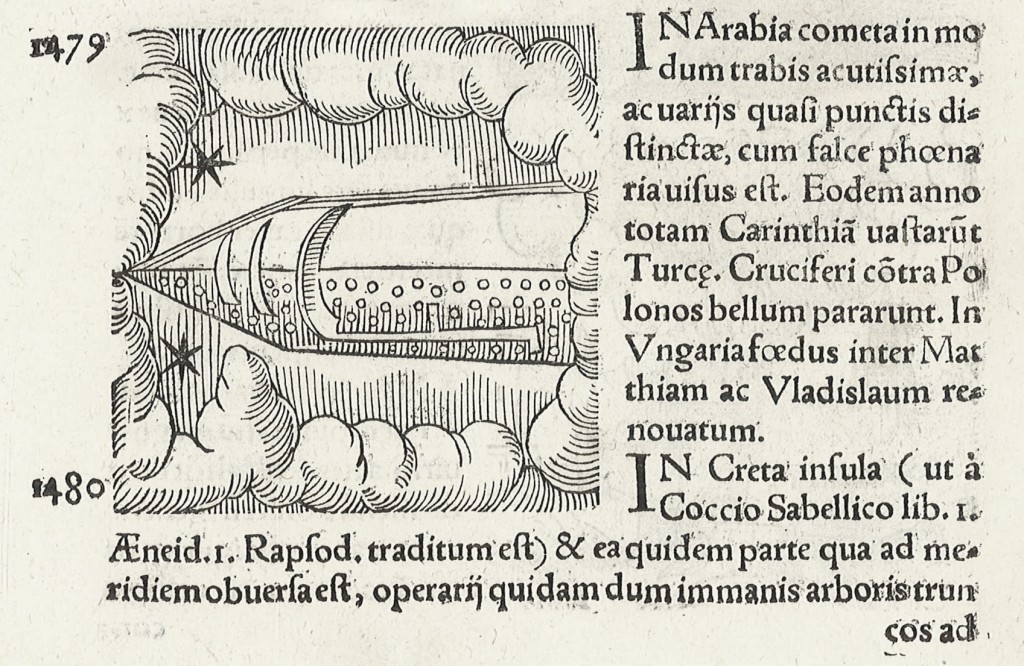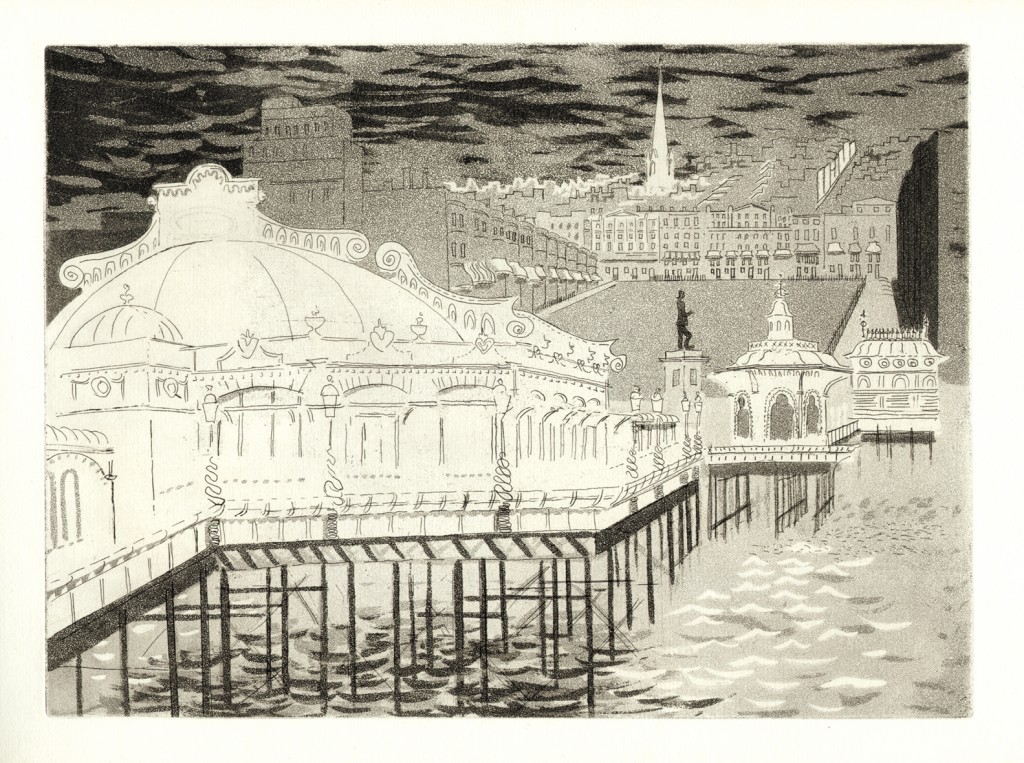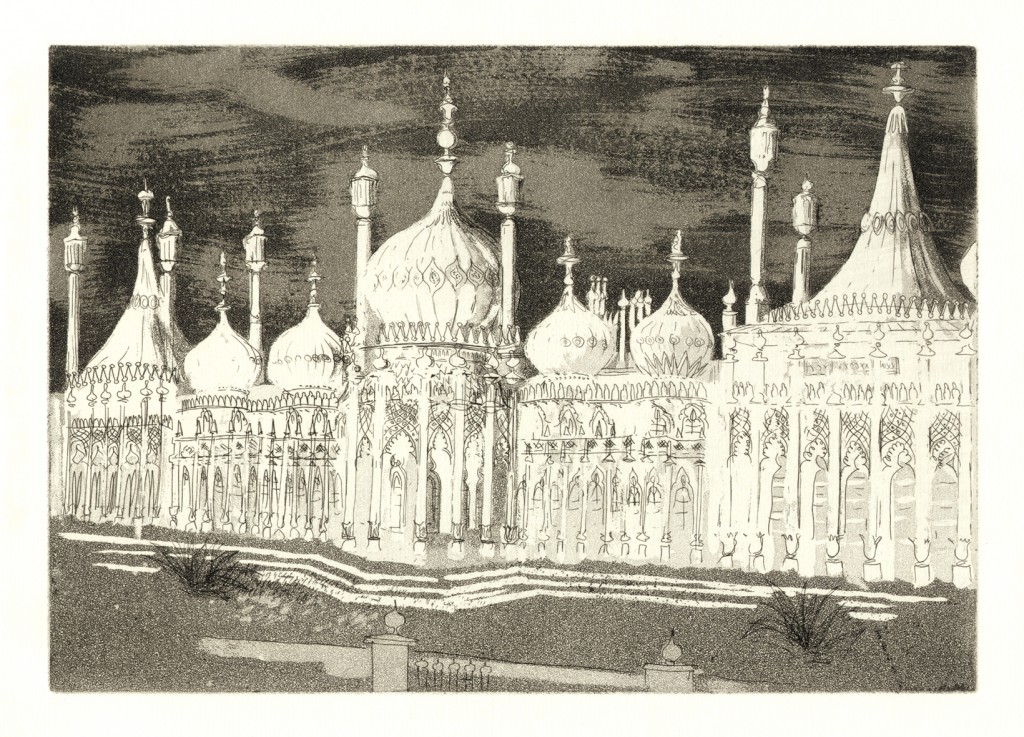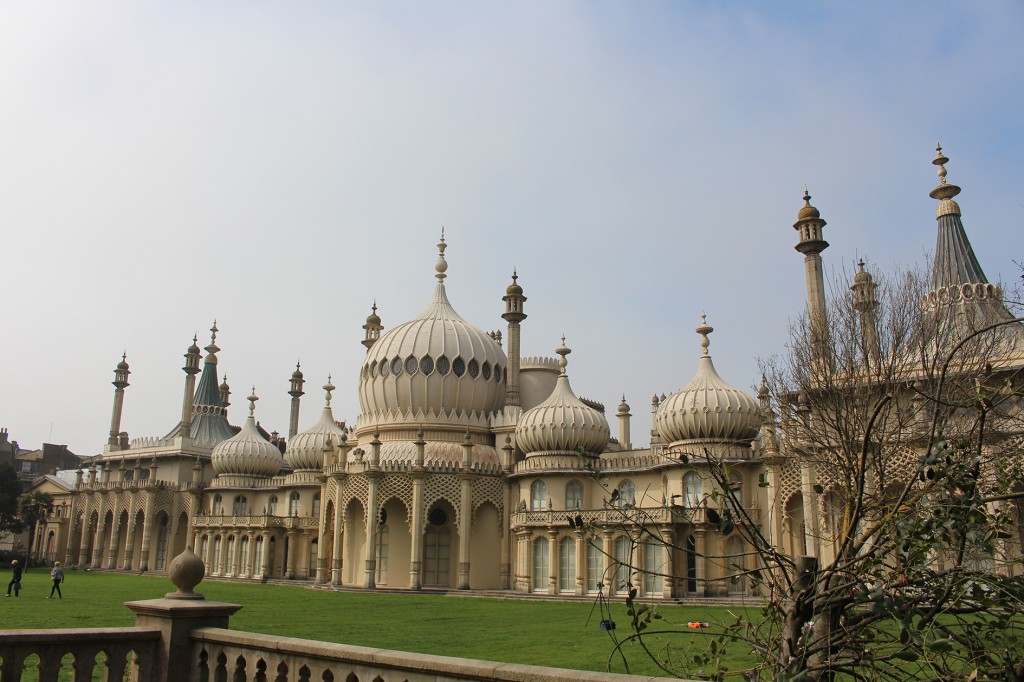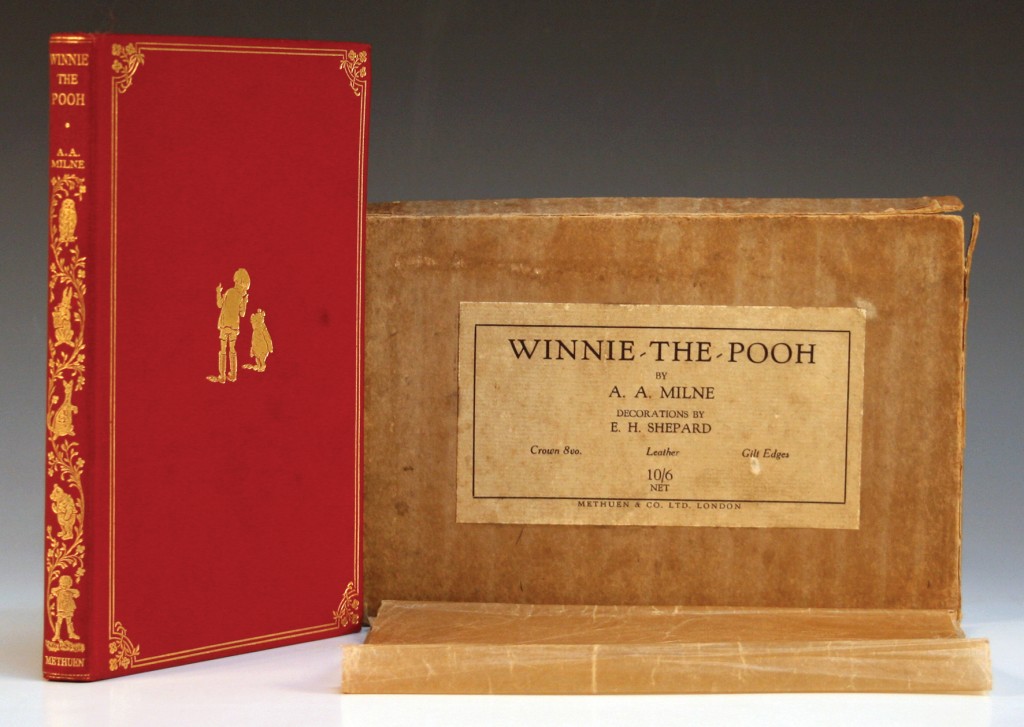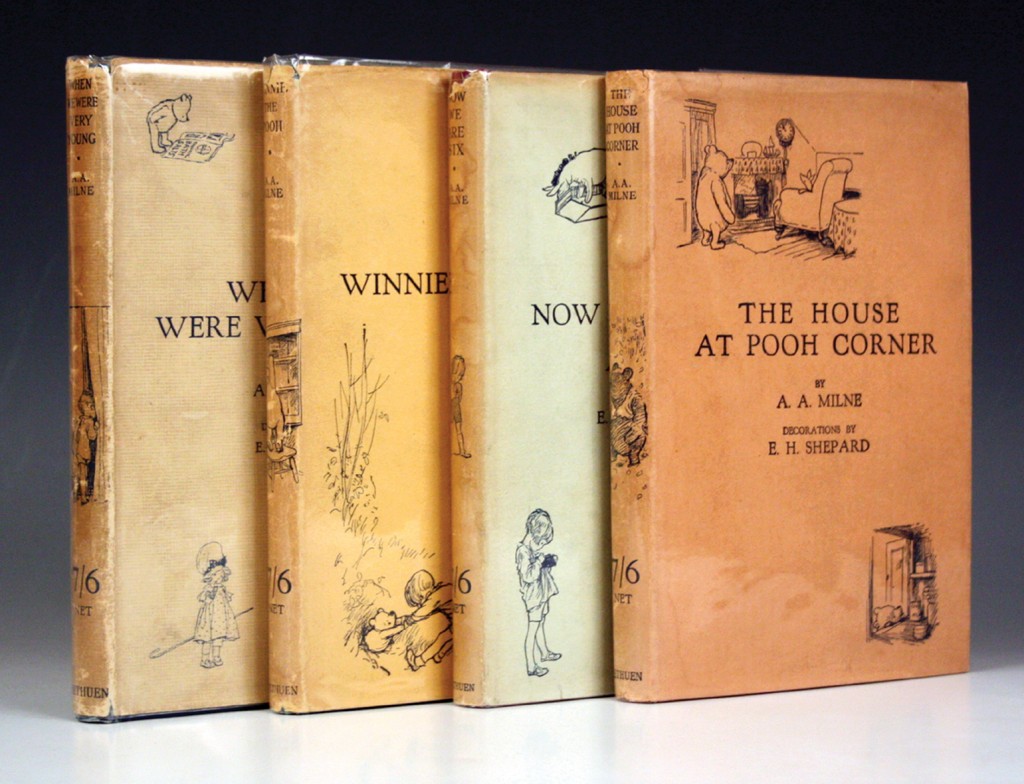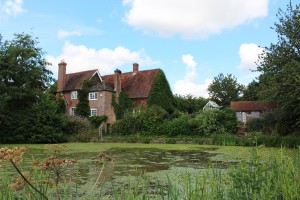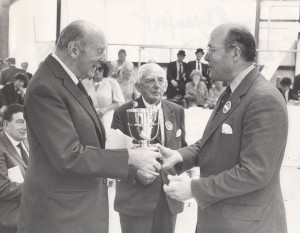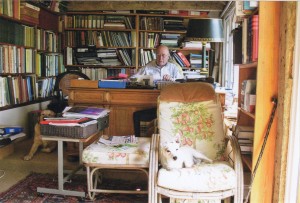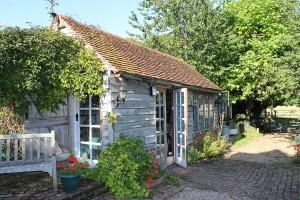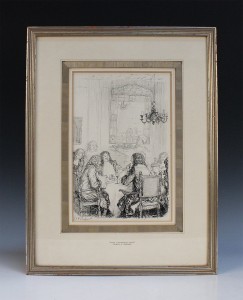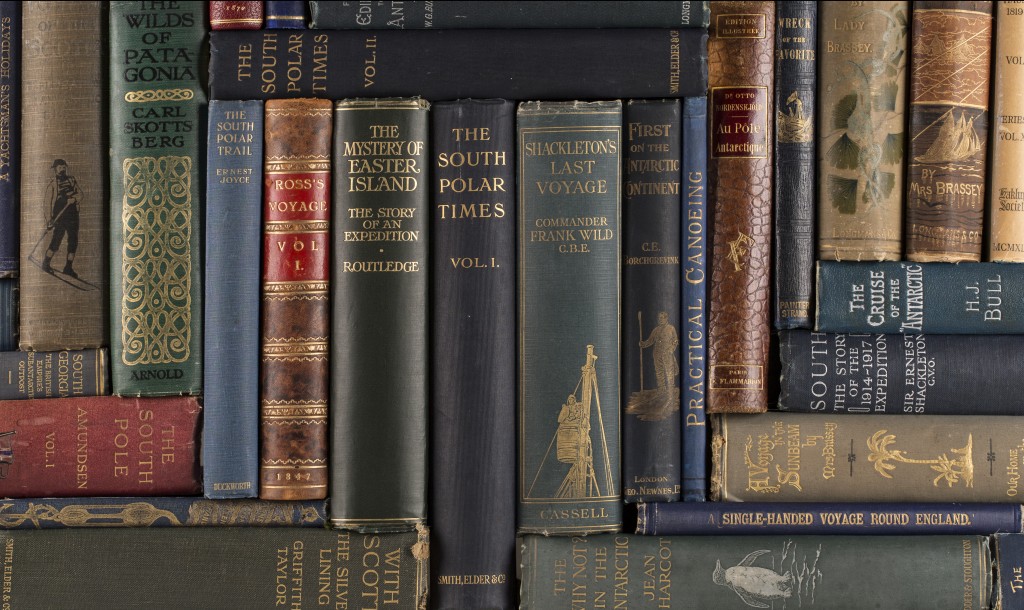
Toovey’s are pleased to be offering the Travel and Exploration Book Collection of Michael Gilkes FRCS, FRCOphth., FRGS (1923-2014). This wonderful set of books, including one of the best private collections of polar-related books in the UK, form part of a Gilkes family collective memory. Michael’s daughter, Hester Gilkes, recalls: ‘The imposing and mysterious spines, many with beautiful gold-embossed images on them, lined the bookshelves of Dad’s study – as intriguing and mysterious as the countries and exploits concealed within their pages. All the family recall the books. Our lives were almost dominated by them; tomes on almost every conceivable subject were available for consultation.’
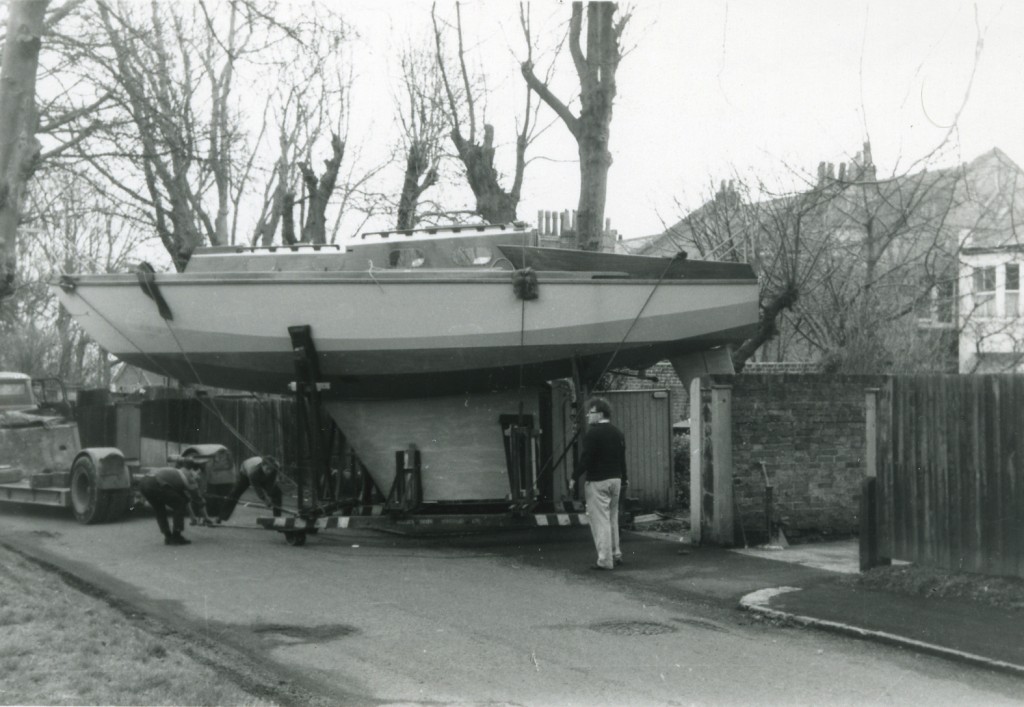
The books go back further than just him, of course. His grandfather, or one of them, was A.H. Gilkes, headmaster of Dulwich College. His library survived, in part, to be passed on to Michael – erudite books in mass-produced Victorian editions, the mark of a prolific reader. At some point the books had been stored on newly painted shelves, and some had spots of black paint adhering to the bottom edges. One of his children recalls reading The History of the Decline and Fall of the Roman Empire, each page of the enormous work having to be carefully separated from the rest as it was turned. His mother, Denne Parker, an accomplished classical singer, had married Martin Gilkes, a poet and lecturer at Birmingham University, adding other elements to the family library. There are even books belonging to William Gilkes, who back in the early 19th century had married Mary Hemming of the Showers in Herefordshire. This Quaker ancestor had assembled a collection of those books ‘it was most needful for men to know’: Homer, Virgil and the Bible.

It really began, though, with books on the Antarctic, which Michael started to acquire prior to his posting as a newly qualified doctor to the whaling station on South Georgia in 1946, mainly based at Leith, but also at Grytviken. Upon qualification as a doctor, a gift from his great uncle, Michael Parker, an Oxford don and expert on the Roman army, permitted the acquisition of the three volumes of The South Polar Times. Over the next sixty-odd years, the collection expanded to reflect his growing range of subject-related interests, and now includes – in addition to the general Antarctic section – named Antarctic expeditions, whales and whaling, works on the great explorers Columbus, Cook, Scott, Amundsen and Shackleton, a fine section on cartography, islands and North and South America, including an extensive section on Patagonia.
During a long and rich life, this passion for adventure would see Michael crewing on an America’s Cup Race, living and working for a time researching glaucoma in both Jerusalem and the Gambia, building his own thirty-foot yacht in his back garden and sailing her around Britain and over to Europe, and traveling extensively, particularly in South America. On his retirement from his career as an ophthalmic surgeon, he made a number of voyages back to Antarctica – the region which fascinated and drew him the most.
Like Kipling’s The Elephant’s Child, the books in this catalogue reflect a ‘satiable curiosity’ for exploration, and an inspirational hunger for the new and undiscovered.
